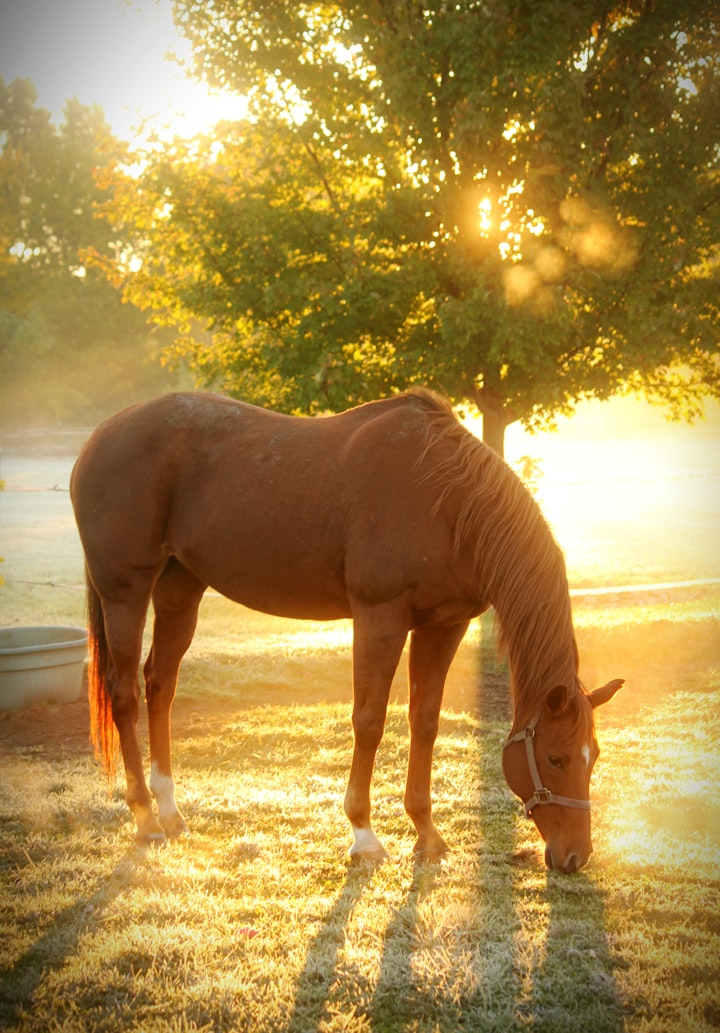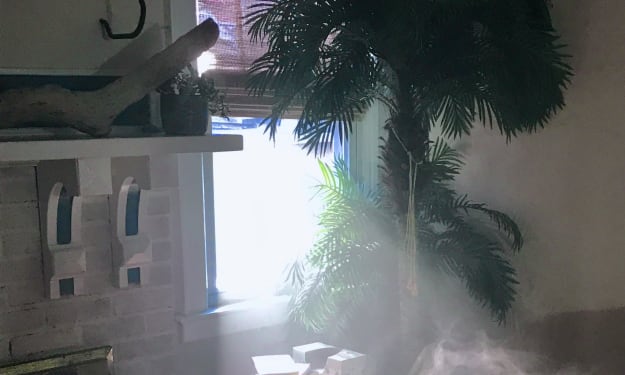Black Beauty (Disney+) Review
How does it measure up to the 1994 adaptation?

Three years before I was born, in 1994, an adaptation of Anna Sewell’s novel Black Beauty was released; starring Sean Bean, David Thewlis, and featuring a narration by Alan Cumming. The story appears simple at face value: a horse is born on a small farm, gets sold to a wealthy family once he’s been trained, and develops a close bond with a stable hand named Joe. Black Beauty’s life takes him from one owner to another, some kind and some cruel, and all the while he dreams of reuniting with Joe some day. Through hardships, abuses, and one particularly devastating death (this was not a film to sanitize harsh realities), lessons are learned and Beauty fights to maintain his optimism; even when it seems he’ll never see Joe again.
Disney+ just released its adaptation this month.
If you’ve already seen the 1994 version, the movie Flicka, and the Dreamworks film Spirit: Stallion of the Cimarron, you can skip this movie. It’s all three of those stitched together a la Frankenstein’s Monster; just minus the subtlety.
Maybe I’m being a little harsh. There are some things to admire here. The shots are beautifully composed, there’s a lovely use of temperature to denote seasons passing, and the performances are fine (for the most part.) Iain Glen and Kate Winslet, in particular, are clearly doing their best to make their characters feel fleshed out. When Kate, acting as the voice of Beauty, needs to sound upset, she does. Most of the time, I felt like I was being read to by a very practiced teacher. Everything comes out smooth and it’s rare to hear a line come out flat. Glen doesn’t have much to do, he’s the archetypal Wise Old Man to Makenzie Foy’s wide-eyed dreamer version of Joe, but again I didn’t hate him.
Where they, and the rest of the cast, suffer is when they’re compared to the ’94 film. Winslet sounds like she’s reading a book. Alan Cumming sounds like he’s really telling the audience the story of his life. Iain Glen is the standard old mentor. Jim Carter’s John Manly was his own unique character. He’d get frustrated, he’d get scared, he’d snap at Joe when Joe messed up. He had a job he loved to do, even when it broke his heart. Through him, the audience could feel how tightly connected everyone at Birtwick Park is; so when everyone is forced to go their separate ways, it’s genuinely heartbreaking.
And Joe? Oh, Joe…
Simply put: Joe in the 1994 adaptation isn’t in much of the narrative. He’s forced to leave Beauty behind and go on with his life. Though we don’t see it, we know this is because he has to WORK to earn his happy ending. He has to mature.
Joe in the remake? Just kind of…whines until she gets what she wants. She makes a big deal about earning the money to buy Black Beauty, which is great EXCEPT:
Gordon stabs her in the back and sells Black Beauty out from under her even when she DOES earn enough money.
When she does show up in the end, she’s been given everything she ever wanted and we don’t get the sense that she’s matured! She marries rich, buys Birtwick Park, is able to just TAKE Beauty, and it’s clear she’s learned nothing!
At the beginning of the remake, Joe is a troubled orphan. She bonds with Beauty, and instantly becomes an angel with crystal clear morals. At the beginning of the 1994 adaptation, Joe is well-meaning but clumsy. He’s trying to help his uncle John and has a lot to learn. He’s out of his depth; even accidentally making Beauty sick with cold water and no blankets after Beauty gets caught in a storm. He’s a harmless, stupid kid. Giving up Beauty is something he HAS to do. Beauty isn’t his, he can’t afford to buy him, and though they’ve bonded, circumstances can’t be avoided. That’s life. Joe takes the first stepping stone into adulthood; leaving his best friend in the hands of strangers.
As I mentioned before, Remake Joe is conned out of Black Beauty (hence no real teachable moment), and gets her back in the end not through luck, determination, or a random happy accident, but through marrying rich.
Joe’s character development is marrying rich in the remake. Solid.
Alright, I’m done complaining about the characters. What about the story? I said at the beginning that this is a Frankenstein’s Monster of other stories, so let me show you how that breaks down. The beginning is a carbon copy of Spirit: Stallion of the Cimarron. A new baby is born in a herd of mustangs and must take up a leadership role. Beauty is shown running with the herd, learning from her mother, and she even talks about how running feels like flying. How did Spirit begin? Well, a new baby is born into a herd of mustangs and must take up a leadership role. Spirit is shown running with the herd and yeah, you get the point.
Then, we get to the Flicka portion of the film. Beauty is captured by farmers and brought into captivity; where she’s seen as spirited and dangerous. There, she meets the misunderstood Joe, a young woman who seems to be the only person who can understand her feelings. They connect based on their feelings of loneliness and the sense that neither of them truly belongs. When financial hardships come to Birtwick, Beauty is leased out and ultimately sold to a rich snob who treats her horribly. Joe vows to get Black Beauty back however she can. What happened in Flicka? Flicka is captured and taken into captivity; where she’s seen as spirited and dangerous. There, she meets the misunderstood Katie, a young woman who—I don’t need to spell it out for you.
Only an hour and ten minutes into this hour and thirty minute film, we get to the Black Beauty segment; only now it’s set in modern day, which means half of what’s shown makes no sense and half is shoehorned in simply because it was in the original story. The Terry storyline is just long enough to encompass the Beauty is Sick plot point, the Jerry storyline would have audiences believing a healthy thirty-ish-old man in good shape could still die of a cold in 2020 (because…modern medicine doesn’t…exist in this universe? I don’t know, it takes place in New York. CVS’s here are a dime a dozen!), the film doesn’t know if horse-drawn carriages in Central Park are good or bad so it just shrugs and says they’re both, and there’s a completely nonsensical moment where a dead horse under a sheet is pulled through the streets of New York IN A WAGON IN 2020!! Not a truck, not an 18-wheeler, a full-on wooden wagon! Exactly HOW many health and safety violations that would break, I can’t say!
This review is already running long, so I’ll just say don’t watch this movie. The DVD of the 1994 version is $8 on Amazon.
Or hey, just read the original book. There’s a novel idea.
About the Creator
Michaela Calabrese
Hello! My name is Michaela Calabrese. I've had a passion for writing since I was little; from research-heavy articles with citations galore to lighter introspections about abstract concepts (and some nerdier posts about my favorite fandoms)






Comments
There are no comments for this story
Be the first to respond and start the conversation.